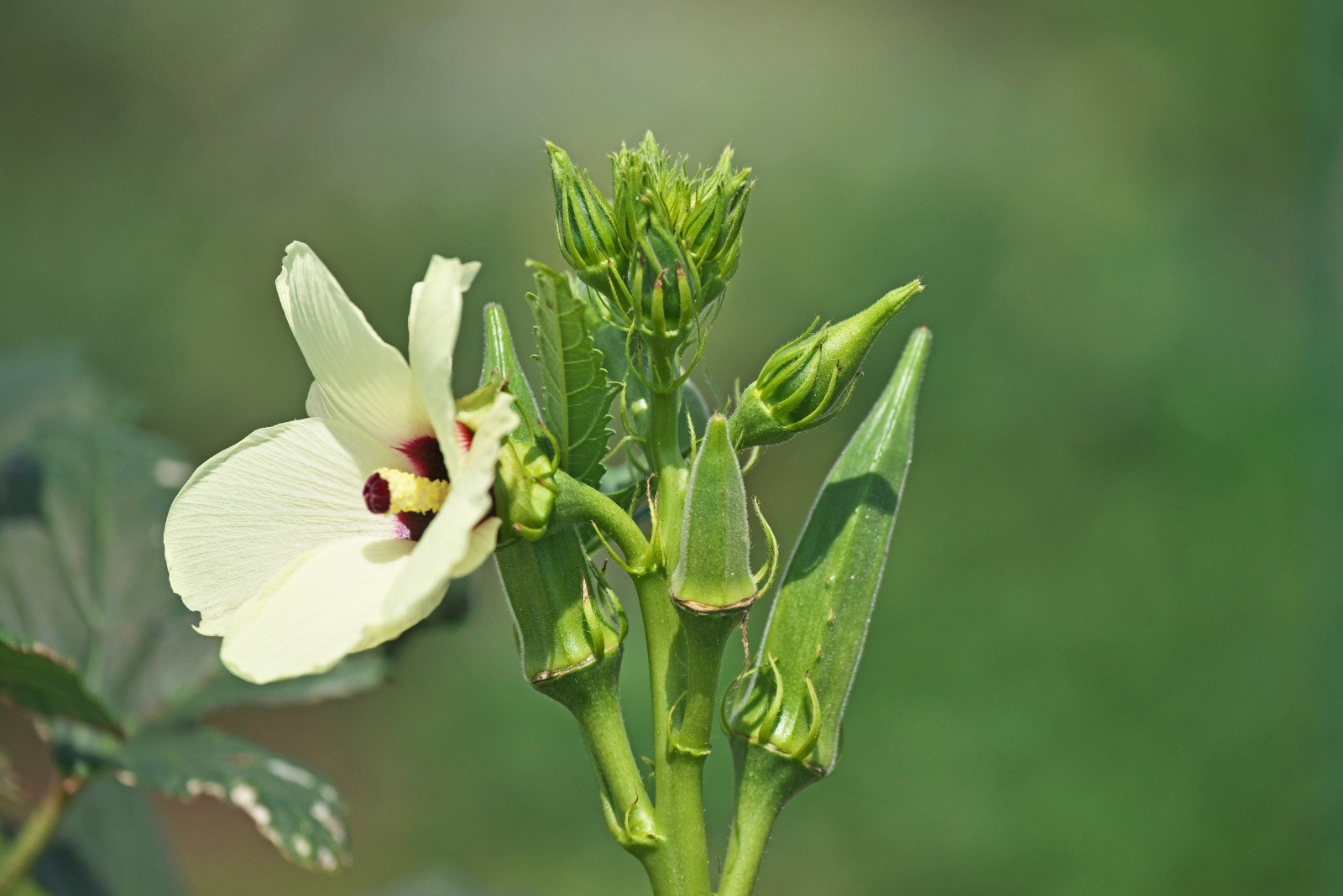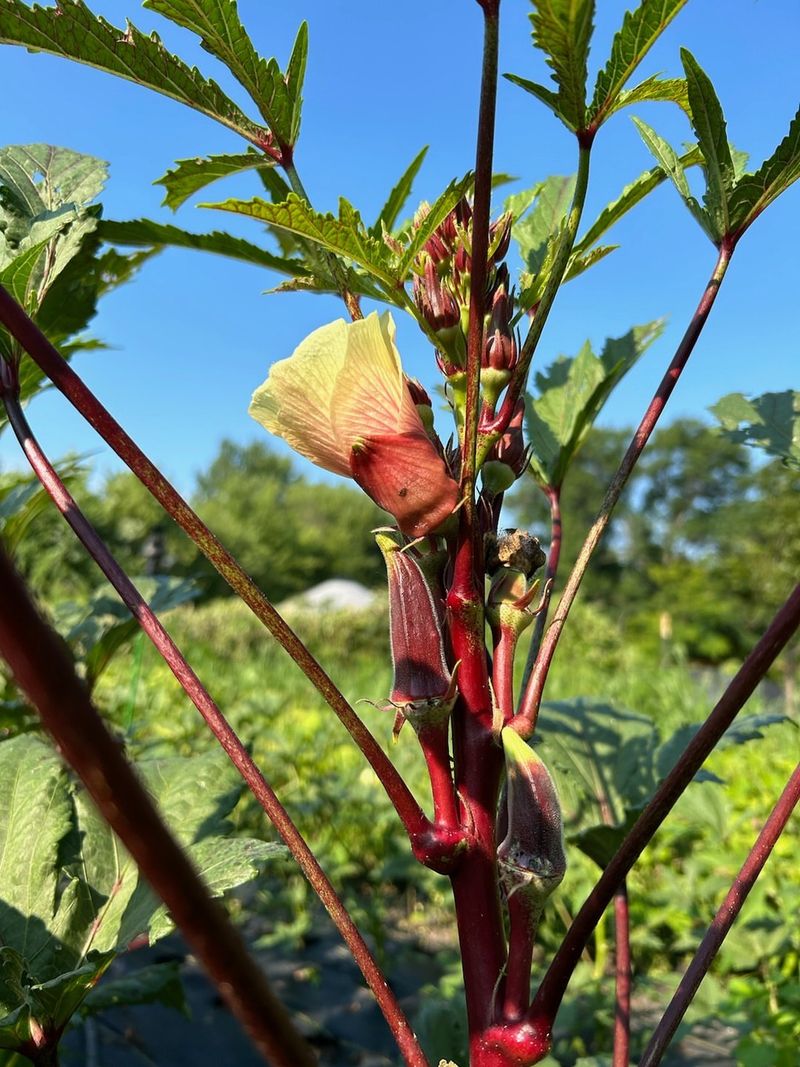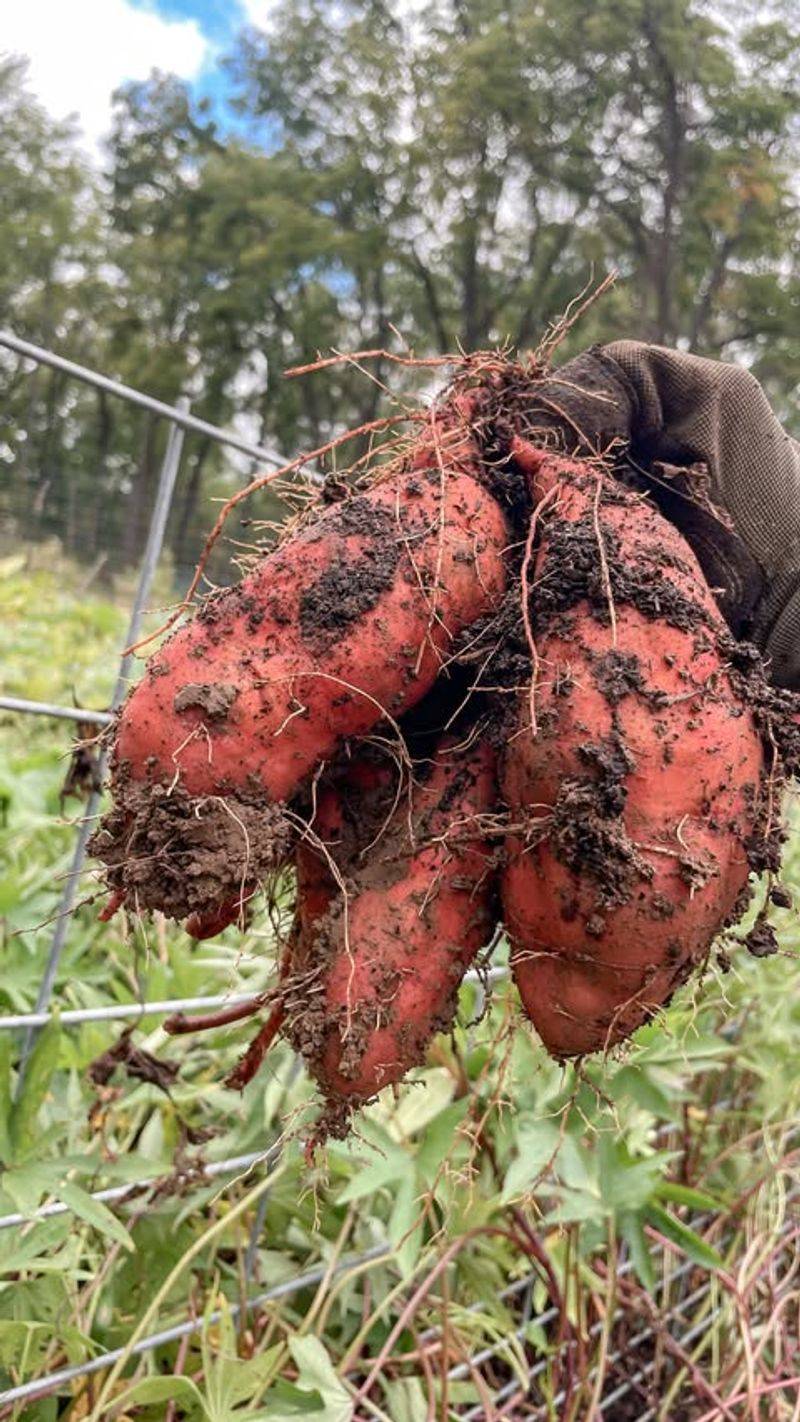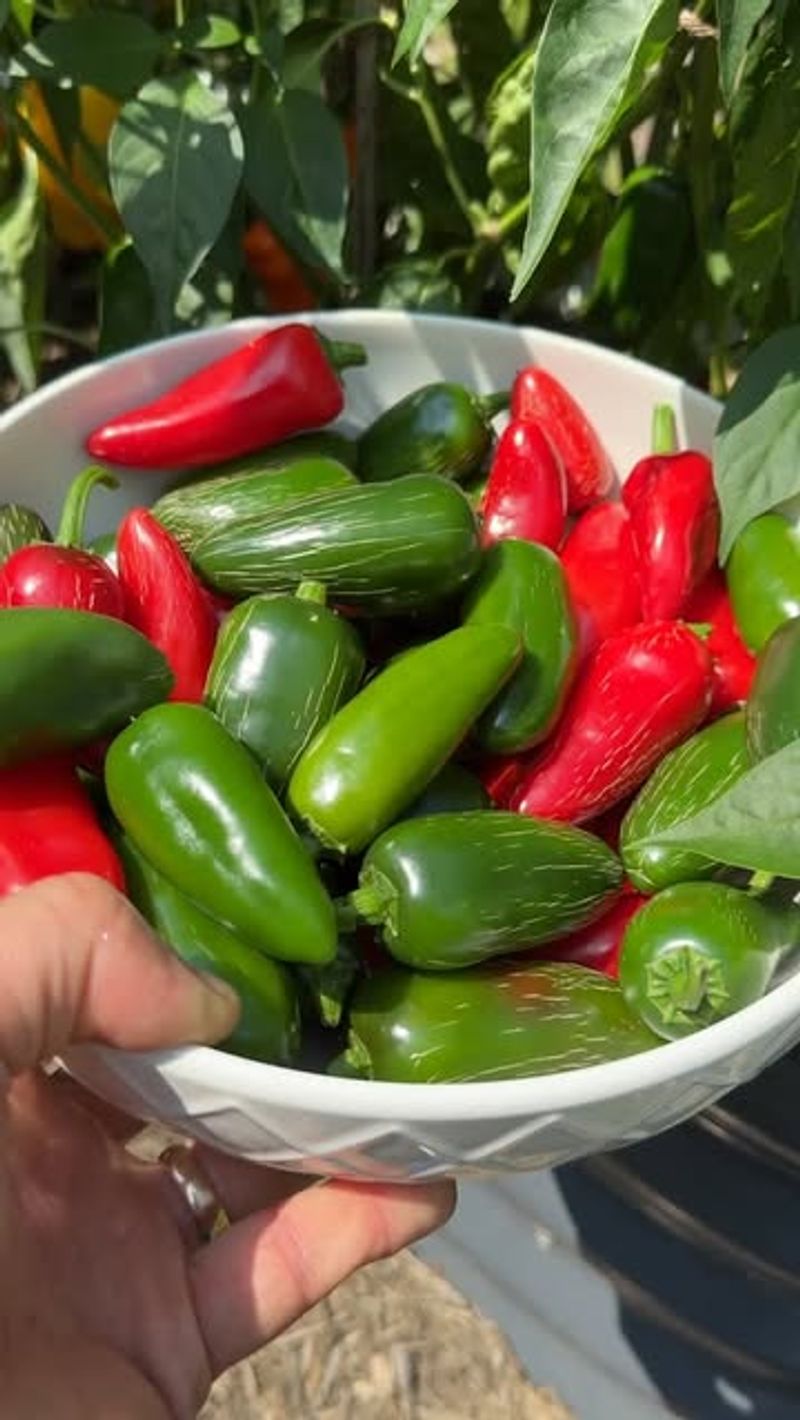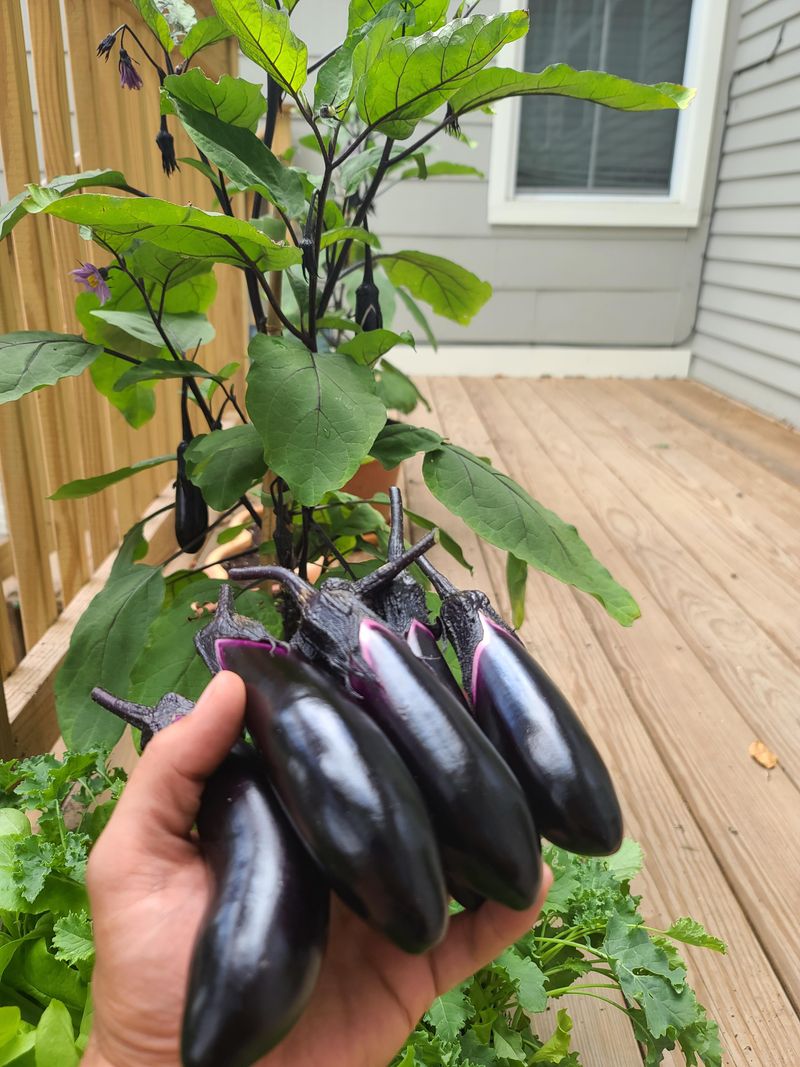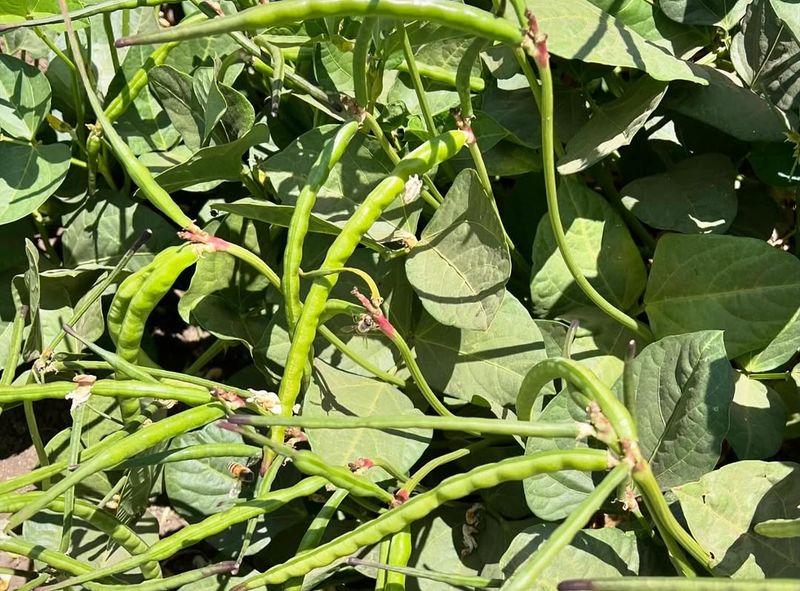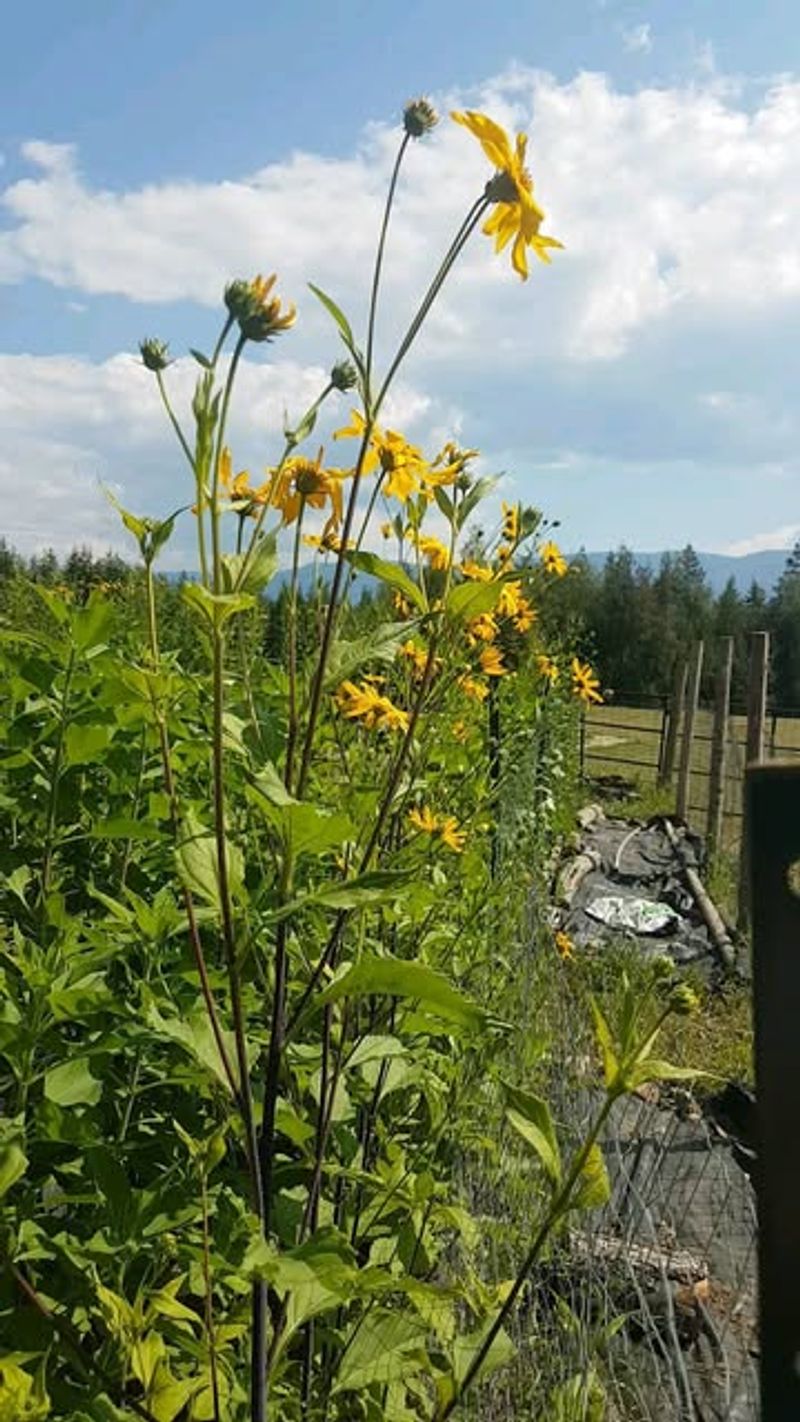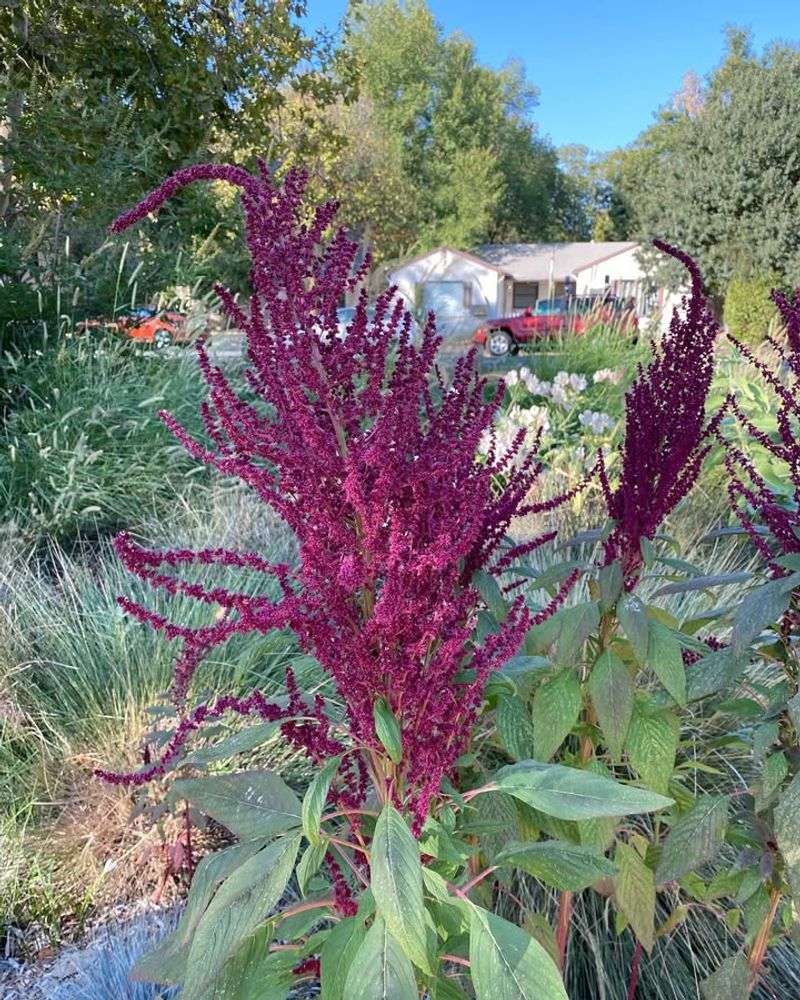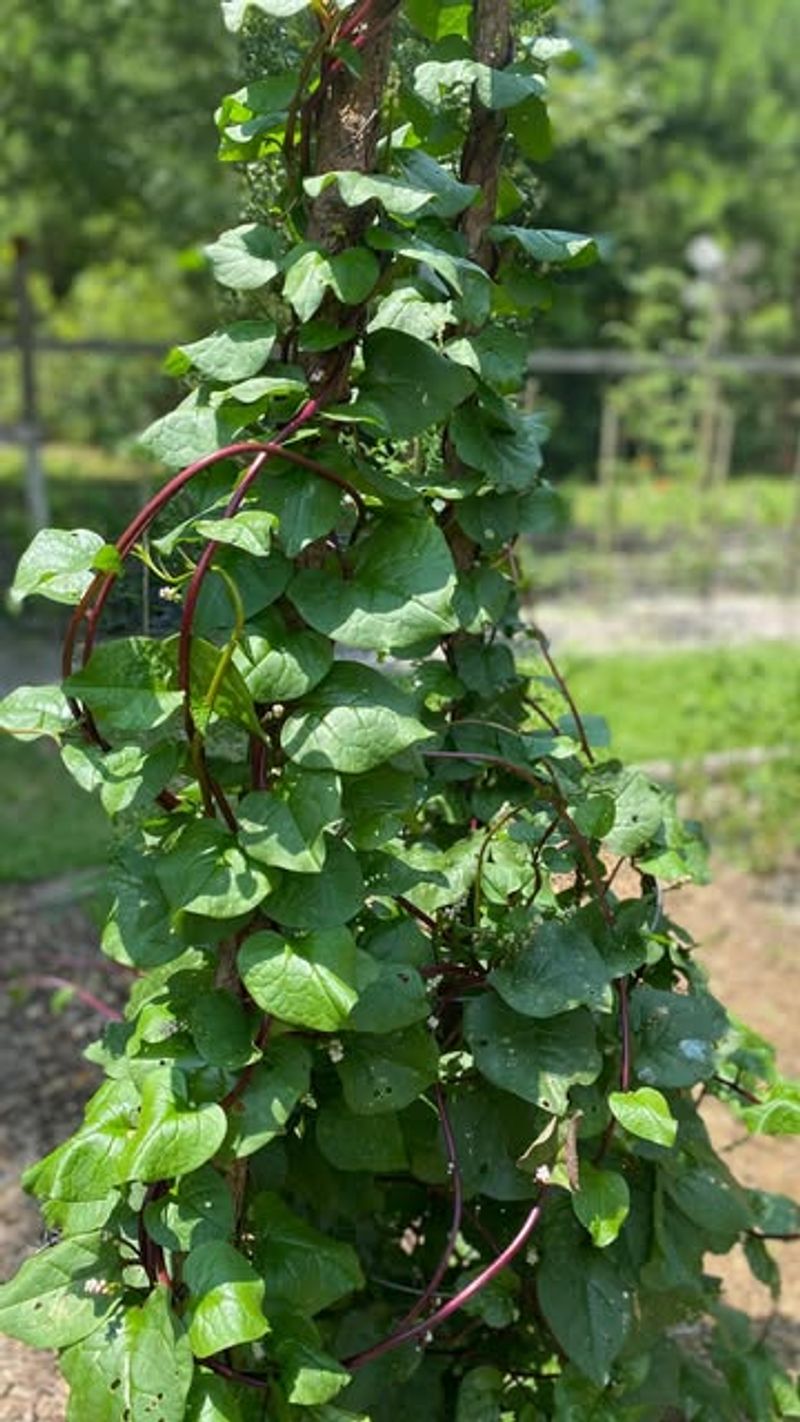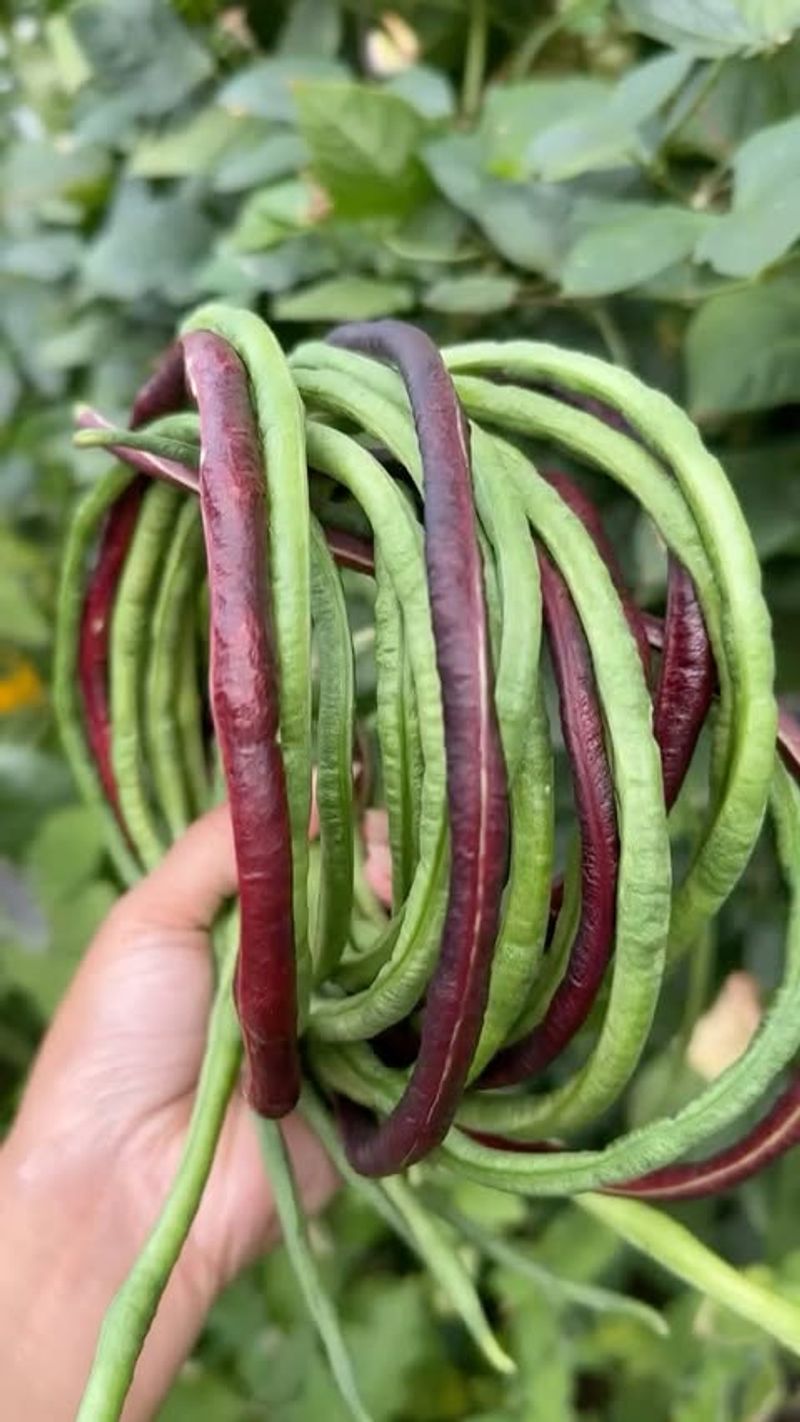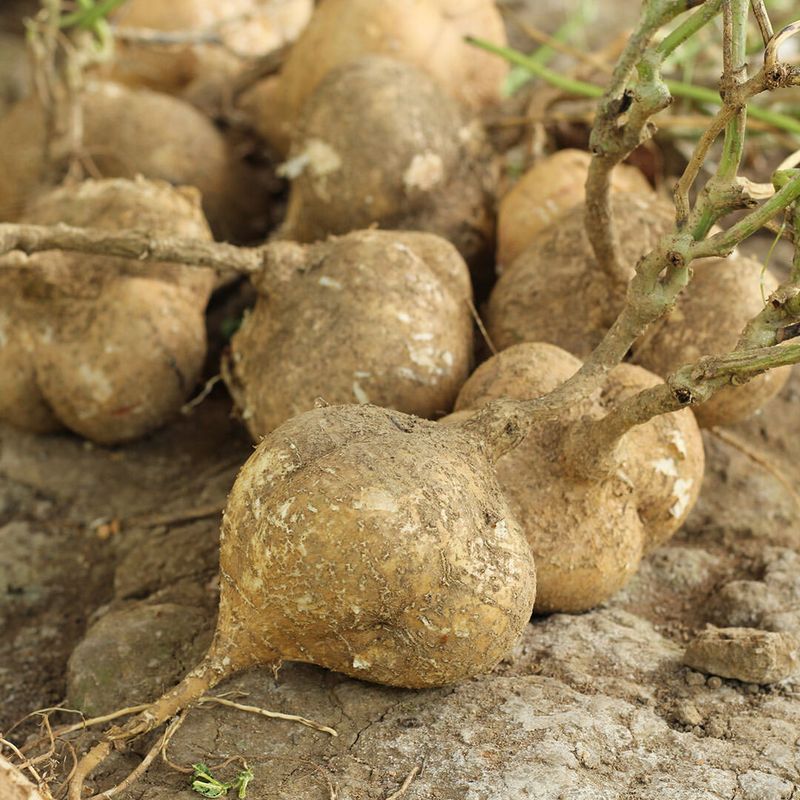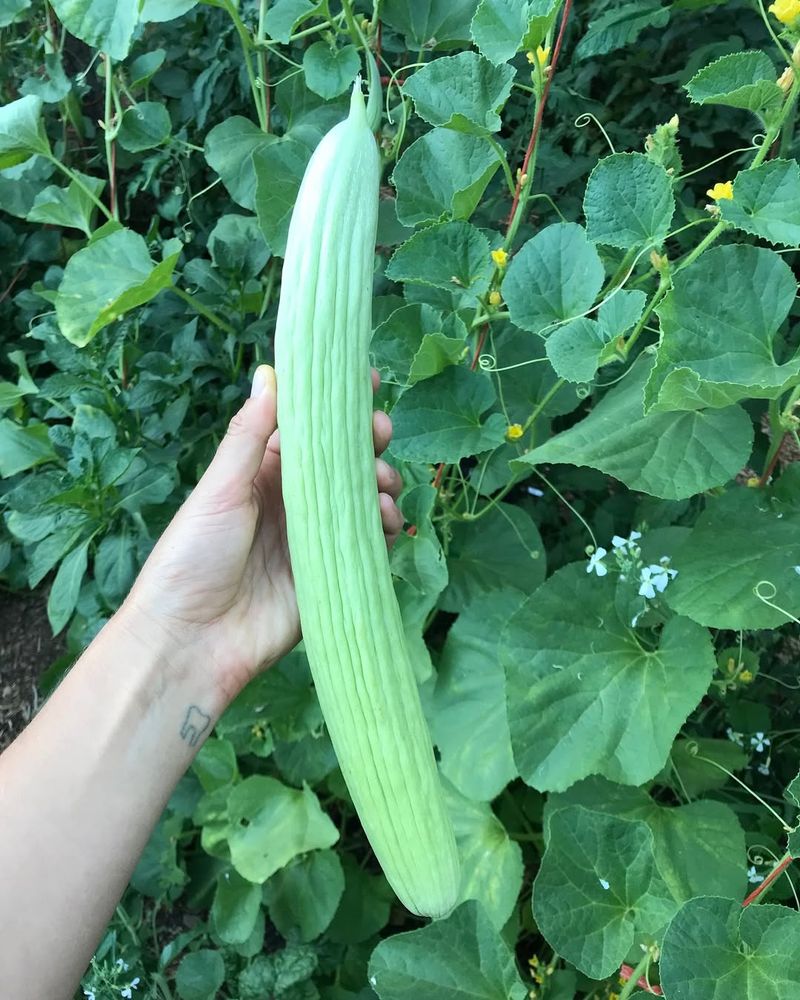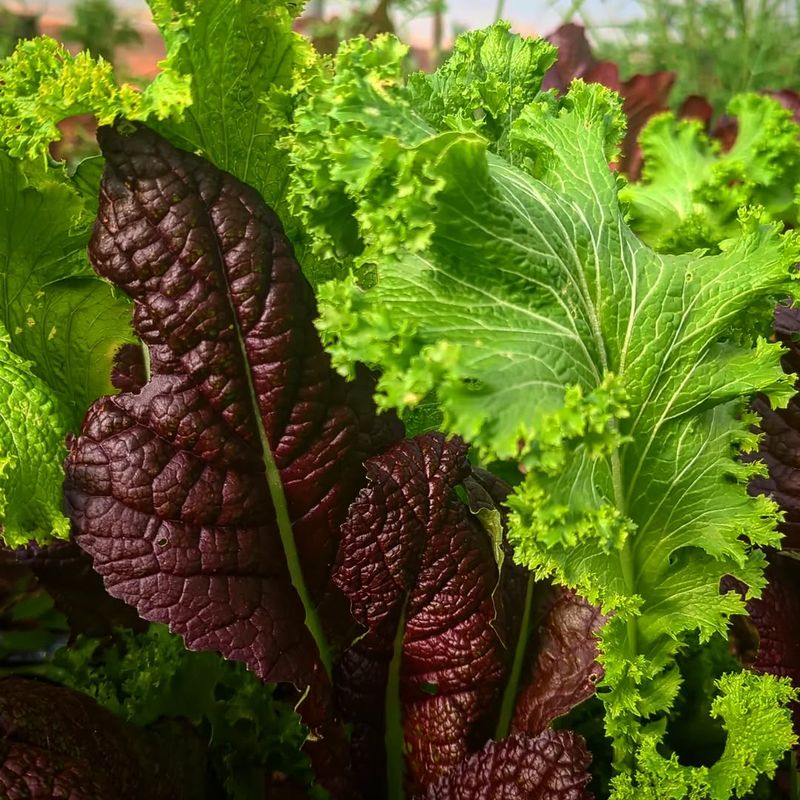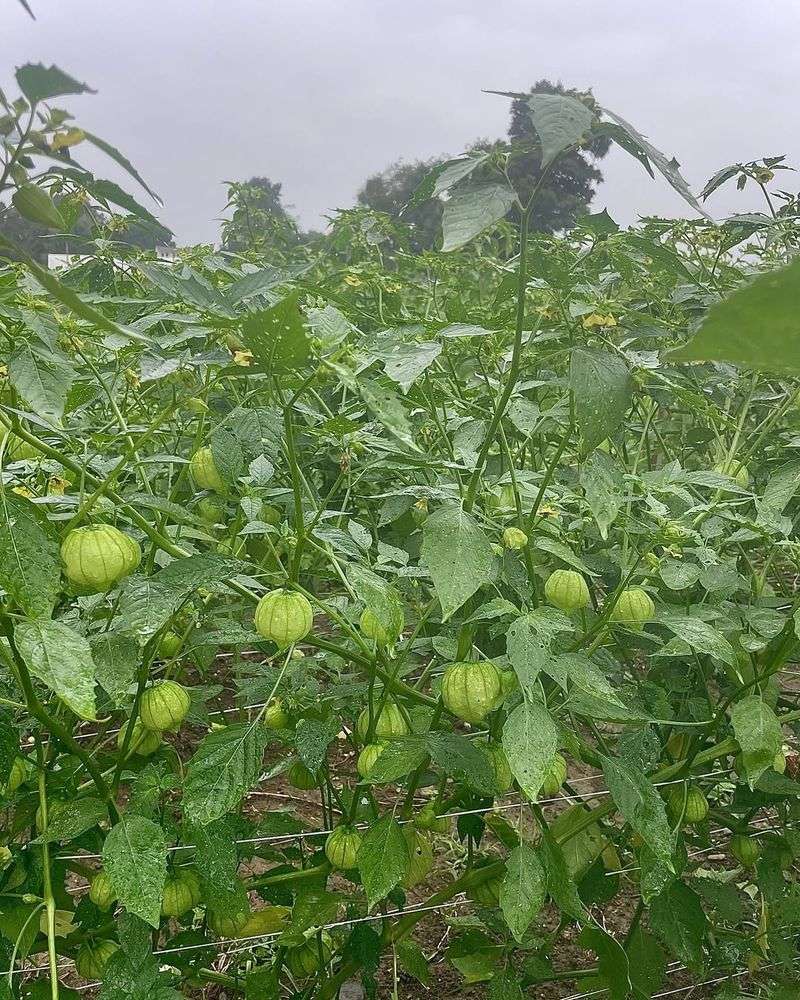Texas summers can test even the most dedicated gardeners, but some vegetables thrive despite the heat and drought. These hardy picks make gardening rewarding no matter the weather.
Choosing the right crops keeps your garden flourishing all season long. Texas gardeners will love adding these 13 resilient vegetables to their plots.
1. Okra
Summer days in Texas bring out the best in okra plants. They practically dance in the heat that would wilt other vegetables in minutes. Native to Africa, these plants feel right at home in our southern climate.
Many Texas gardeners plant okra in late spring for a continuous harvest until fall. The beautiful hibiscus-like flowers are an added bonus, turning your veggie patch into a showstopper while providing tasty pods for your dinner table.
2. Sweet Potatoes
When Texas temperatures soar, sweet potatoes just settle in and make themselves comfortable. Their deep root systems reach down for moisture, making them surprisingly drought-tolerant compared to regular potatoes. The sprawling vines create natural ground cover that helps retain soil moisture.
Texas gardeners love that sweet potatoes can be planted once and forgotten until harvest time. After about 90-120 days in our warm soil, these underground treasures reward patience with nutritious, versatile tubers perfect for countless recipes.
3. Peppers
Hot weather brings out the best flavors in peppers, whether you prefer sweet bells or fiery jalapeños. These colorful fruits actually produce more capsaicin (the compound that makes them spicy) when grown in high temperatures across the Lone Star State.
Many Texas gardeners find that peppers need minimal attention once established. Their shallow roots benefit from mulching to retain moisture during drought periods. With just occasional watering, pepper plants will happily produce from early summer through fall frost.
4. Eggplant
Nothing says summer like glossy purple eggplants thriving when other plants struggle. These Mediterranean natives actually prefer the intense heat that Texas summers deliver. Their deep root systems help them access moisture even when the soil surface is bone dry.
Gardeners across Texas appreciate eggplants for their continuous production throughout the hottest months. Once they start fruiting, regular harvesting encourages more flowers and fruits. Their ornamental quality makes them beautiful additions to edible landscapes.
5. Black-eyed Peas
Southern traditions run deep with black-eyed peas, a true Texas survivor crop. These legumes have been feeding families through drought conditions for generations. Their nitrogen-fixing abilities actually improve soil while requiring minimal irrigation.
Many Texas gardeners plant them as temperatures climb in late spring. The plants grow quickly, producing delicious pods within 60-70 days. Their drought tolerance is legendary – even in the driest parts of the state, black-eyed peas manage to produce a decent harvest.
6. Jerusalem Artichokes
Despite their misleading name, Jerusalem artichokes are native sunflower relatives that laugh in the face of Texas drought. These perennial vegetables grow tall with cheerful yellow flowers before producing nutritious tubers underground. Once established, they require almost no supplemental water.
Many Texas gardeners appreciate their low-maintenance nature. The plants can reach 6-10 feet tall, creating natural shade for other garden areas. Their knobby tubers have a delicious nutty flavor that’s worth the minimal effort required to grow them.
7. Amaranth
Ancient wisdom meets modern Texas gardens with amaranth, a heat-loving green that doubles as a grain crop. The vibrant red, gold, or purple plants stand tall when temperatures climb, producing nutritious leaves throughout summer. Their deep taproots access moisture far below the surface.
Texas gardeners can harvest young leaves for salads while letting plants mature for grain production. The seeds require minimal processing and pack impressive protein content. This dual-purpose crop continues producing even when rainfall becomes a distant memory.
8. Malabar Spinach
Regular spinach bolts at the mere thought of Texas summer, but Malabar spinach thrives when temperatures soar. This beautiful climbing vine produces tender, nutritious leaves that taste similar to regular spinach but with a slight peppery kick. The glossy foliage stays productive all summer.
Gardeners across Texas appreciate its ornamental quality as it climbs trellises or fences. The striking red stems contrast beautifully with deep green leaves. Unlike true spinach, Malabar actually produces more vigorously as temperatures climb into the triple digits.
9. Yardlong Beans
When Texas heat intensifies, yardlong beans kick into high gear, producing impressive pods that can reach 18-30 inches long. These Asian relatives of southern cowpeas create a spectacular vertical garden element while delivering tasty harvests. Their vigorous growth seems unaffected by drought.
Many Texas gardeners provide trellises to support these ambitious climbers. The plants produce steadily throughout summer with minimal water requirements. Despite their impressive length, the beans are best harvested young at about 12-18 inches for optimal tenderness and flavor.
10. Jicama
Underground treasures await patient Texas gardeners who plant jicama in spring. This Mexican native produces a large, crisp root vegetable that stores its own water supply. The long growing season and warm soil of Texas create perfect conditions for developing sweet, crunchy tubers.
Gardeners across the Lone Star State appreciate jicama’s minimal irrigation needs once established. The sprawling vines with pretty purple flowers require little attention while the underground portion grows. After about 5-9 months, the reward is a refreshing vegetable perfect for summer salads.
11. Armenian Cucumbers
When regular cucumbers surrender to Texas heat, Armenian cucumbers are just warming up. These heat-loving fruits (technically melons, botanically speaking) produce long, ridged fruits with thin skin that never turns bitter. Their drought tolerance surpasses standard cucumber varieties.
Many Texas gardeners provide trellises to keep the fruits straight and clean. The plants continue flowering and fruiting through triple-digit temperatures when provided minimal water. Their crisp texture and mild flavor make them perfect for summer salads when other cucumbers have long since withered.
12. Mustard Greens
Fall gardens across Texas benefit from heat-tolerant mustard greens that thrive when summer finally releases its grip. These spicy leaves actually develop better flavor when grown in challenging conditions. Their quick growth cycle means fresh greens in just 40 days from planting.
Texas gardeners appreciate their minimal water requirements compared to other leafy vegetables. The plants establish quickly and can be harvested multiple times by taking outer leaves. Some varieties add vibrant purple or red colors to the garden while providing nutritious greens for cooking.
13. Tomatillos
These Mexican natives feel right at home in Texas heat, producing papery-husked fruits that form the backbone of salsa verde. Tomatillo plants grow bushier and more productive when temperatures climb, seeming to laugh at drought conditions that stress other nightshades.
Gardeners across Texas find tomatillos practically grow themselves once established. The plants self-seed readily, often returning year after year with minimal effort. Their unique husks provide natural protection against pests and sun damage while the tangy fruits develop their distinctive flavor.

